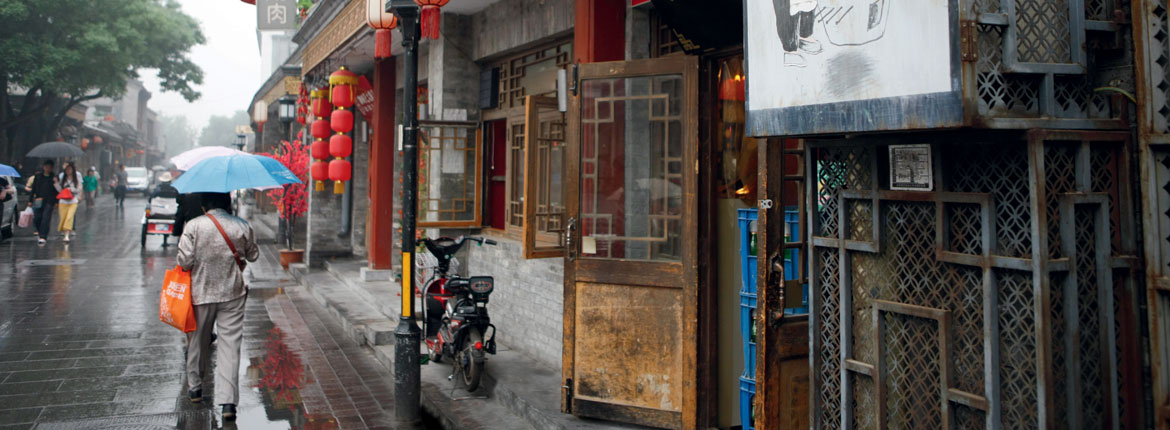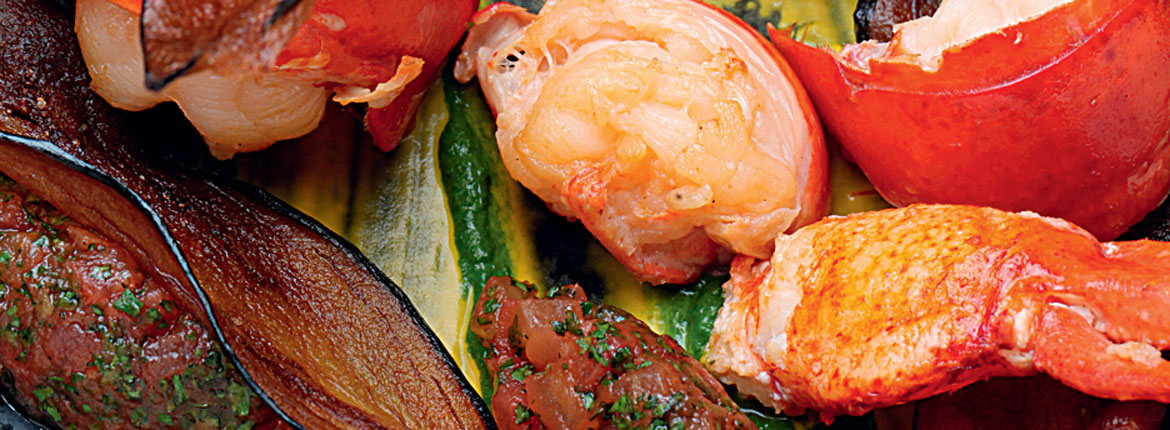Modern Beijing, the centre of both an ancient empire and a 21st Century economic miracle, is bustling and sophisticated.
The stolid Mao-era apartment blocks and office buildings are still there, but so are glittering new high-rise towers. Sprouting along multi-lane boulevards are enormous buildings with strange angles, odd shapes and cut-out sections showing daylight. Some are designed simply to attract attention, others are practising feng shui, the art of balancing natural forces for good health and fortune.
The people are open and eager to be friendly. There’s a sense of fun in Beijing, and fashions on the street are anything but identical. Cyclists have their own fenced cycle lanes alongside the six or eight-lane thoroughfares, and a hugely expanded subway system whizzes commuters round this city of 22 million.
A few hutongs – centuries-old backstreet areas of narrow lanes and communal courtyards – remain, although largely as tourist attractions. Most were demolished for redevelopment prior to the 2008 Olympics. In suburbs further from the centre, old commercial and industrial areas have been ‘re-purposed’ for housing and boutique areas, such as an arts precinct.
The 798 Arts District, based around an old electronics factory bearing that street number, is a magnet for trendy Beijingers. For tourists, it provides a glimpse of ‘cool Beijing’, with galleries, studios and design shops along pedestrian-only lanes. And here, in the midst of the ‘cool’, a New Zealand flag catches my eye.
A café called Flat White shows off our Southern Cross alongside the red and gold Chinese flag. The barista doesn’t speak much English, but she makes a perfect coffee for taste buds honed in Wellington. This café is one of five Flat Whites across Beijing, set up by the owner of Wellington café Fidel’s, Roger Young, and a Chinese partner. They also have a coffee wholesale business, Rickshaw Roasters.
Back in the city centre, within walking distance of the Forbidden City (Beijing’s main tourist attraction), New Zealand has burst onto the beverage scene in what is widely regarded as the best restaurant in Beijing. Temple Restaurant Beijing – ranked number one for fine dining by all the current reviews – has a magical location within a complex of ancient temples. My group sits down to a set menu of five courses, each matched to a wine from a list rooted firmly in Europe. The sommelier didn’t know we were New Zealanders, but – lo and behold – a Marlborough wine has been chosen to accompany the first course. The dish is chilled pea soup with lightly-seared salmon, the wine 2010 Dog Point sauvignon blanc.
But the major New Zealand presence at Temple Restaurant Beijing comes in the form of water. Antipodes Water, sourced and bottled in Whakatane in the Bay of Plenty, is now the only water on the tables, served in preference to Evian, San Pellegrino and all the other bottled mineral waters of the world.
Antipodes’ General Manager Deborah McLaughlin pulled off the deal by booking a lunch table at Temple and taking her water along with her. The maitre d’ was impressed, and called in the owner. A week later, Antipodes became the sole provider of water to Temple.
Out on the streets, young Chinese love ice cream, and New Zealand Natural has been doing well in Beijing for several years. This year, a Southland ice cream maker, Deep South, has done a deal with Big Pizza – a major chain – to supply ice cream.
We’re in the pizza business, too. Gung Ho! Pizza, owned by New Zealanders John O’Loghlen and Jade Gray, is expanding fast. The name was inspired by China-based New Zealander Rewi Alley, a story well-told on the Gung Ho! website.
Beijing is a vibrant city, no longer the grey monotony of 20 years ago (despite the grey smog overhead most days). It’s easy to see why Lonely Planet ranked it fifth on the list of Top 10 Cities to Visit in 2013. The hip, the cool, the colourful – and the Kiwi – have become part of the fabric of this ancient city, which now beams with a confident, contemporary face.
Reported by Pam Neville for our AA Directions Autumn 2024 issue





